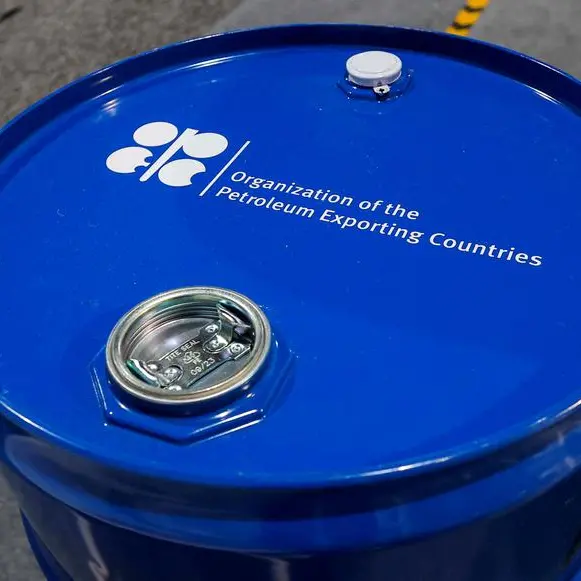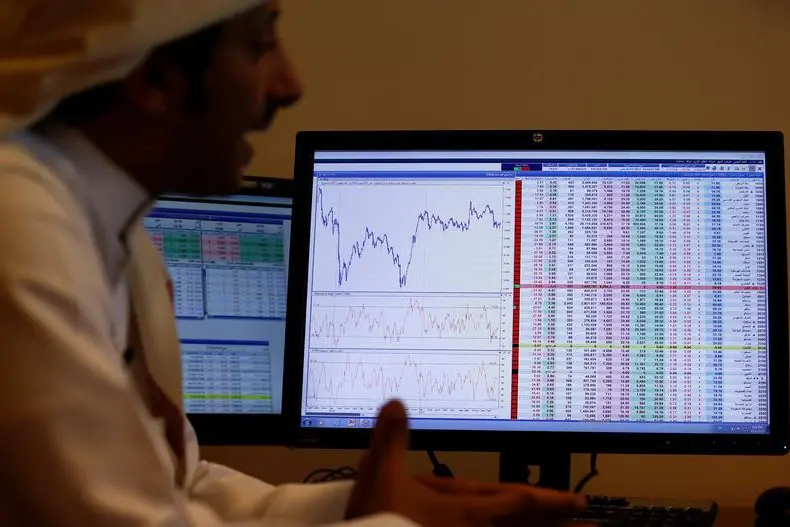PHOTO
FILE PHOTO: Pound and U.S. dollar banknotes are seen in this illustration taken January 6, 2020. REUTERS/Dado Ruvic/Illustration.
(The opinions expressed here are those of the author, a columnist for Reuters.)
ORLANDO, Florida - The overriding message from British finance minister Rachel Reeves on Wednesday was simple: the challenges facing UK policymakers are mushrooming, and their margin for error is rapidly shrinking.
The UK spring fiscal update made it clear that Britain faces dismal growth prospects this year and still needs to boost public borrowing.
This means investors may start demanding higher returns for lending to the government, or the exchange rate may need to weaken to draw them in. This raises the risk that a weaker pound could fuel even greater inflation, creating something of a doom loop.
So Reeves has to navigate a very challenging environment for sterling and the UK bond market, to put it mildly.
SHORT-TERM REPRIEVE
Markets got some short-term relief on Wednesday, as the UK budget update included more spending cuts than had been flagged and slightly lower debt issuance plans than investors had expected. But the reality is that UK public finances will be under heavy strain in the years ahead.
Government borrowing over the next five years is set to be 47.6 billion pounds ($61.4 billion) more than what was expected only five months ago, according to new forecasts from the independent Office for Budget Responsibility.
And it doesn't look like growth is coming to the rescue, at least not any time soon, as the OBR halved its 2025 GDP growth forecast to just 1%.
On top of this are growing concerns that UK inflation will rise toward 4% later this year, further above the Bank of England's 2% target. And then, of course, there is the looming threat of tariffs from Washington and a global trade war.
Put it all together, and risks to growth in the coming years are skewed to the downside with no guarantee that borrowing costs will fall commensurately.
KINDNESS OF STRANGERS
This is hardly the most attractive offering for the overseas investors who play a critical role in funding Britain's twin trade and budget deficits.
Official figures show that foreign investors owned 32% of the British government's 2.08 trillion pound debt pile at the end of the third quarter last year. That's the biggest share since 2009 and, excluding the Global Financial Crisis, the largest percentage on record.
On the one hand, that suggests overseas investors aren't too worried about Britain's fiscal health. But it's also a risk, as foreign investors are likely to be the first to sell in the event of a shock or crisis, and therefore demand an attractive premium to stick around.
As former Bank of England Governor Mark Carney famously said in 2016, Britain relies heavily on "the kindness of strangers" for its funding. And as the gilt selloff in late 2022 showed, that kindness can't be taken for granted.
Right now, owners of gilts are enjoying the highest bond yields in the G7 group of countries, a reflection more of Britain's testing inflation and public debt dynamics than a positive growth outlook.
Vikram Aggarwal, fixed income investment manager at Jupiter Asset Management, says this suggests the gilt market is cheap and represents an attractive buying opportunity. But this "cheapness" has persisted for a long time, and the weight of borrowing requirements on the market is getting heavier.
"The deterioration in UK public finances can't be underestimated," Aggarwal said on Wednesday.
Reeves won't be underestimating it, that's for sure.
(The opinions expressed here are those of the author, a columnist for Reuters.)
(By Jamie McGeever; Editing by Nia Williams)
Reuters





















